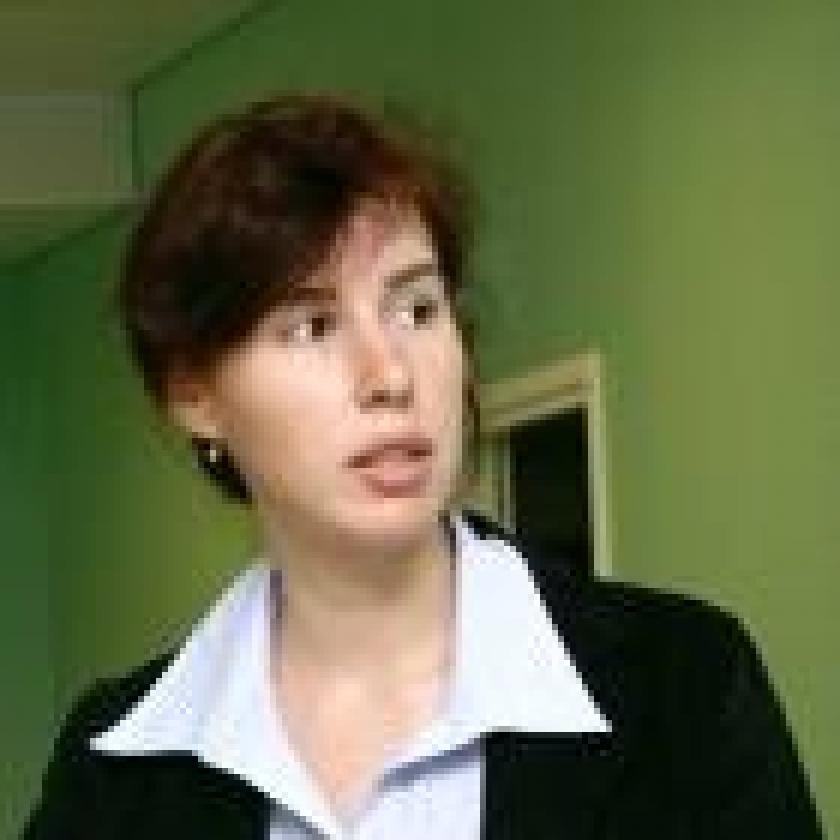 Prof. Anastassia Zabrodskaja
Prof. Anastassia Zabrodskaja
Tallinn University
Towards an Understanding of the Multimodal Heteroglossia of signs:
Should We Speak of Convergence or Divergence Between Estonian and Russian?
The purpose of this presentation is to discuss written convergence or divergence in Estonian-Russian language contacts in the linguistic landscapes of current Estonia. Using the term “linguistic landscape”, I subscribe to the definition given by Landry and Bourhis (1997:25). A linguistic landscape is a complex combination of meanings, messages, purposes and contexts of words and images displayed and exposed in public spaces. The multimodality of signs represents observable manifestations of the ways in which linguistic landscape actors with different linguistic and cultural backgrounds and diverse (multiple) identities use language(s) in everyday practices. Linguistic landscape actors are creators and owners of signs, readers/users of those signs and official authorities who constantly negotiate different policies on information arrangement on public signs.
There are 1.3 million people in Estonia, with the biggest groups being Estonians (69%) and Russian-speakers (29%). Almost half of the Russian-speaking population live in Tallinn and a third in Ida-Viru County, in the predominantly Russian-speaking north-east. The Estonian Russian-speaking community is quite diverse in respect to their beliefs and language attitudes towards such characteristics as aesthetics, usefulness and the prestige of Russian. The linguistic environment is an important factor here (see Zabrodskaja 2014).
In my presentation, I will analyse examples from a corpus of photos of multilingual signs, consisting of advertisements in local Russian-language (online) newspapers and in streets, labels in market places, banks and shops (bank/shop windows), shop, restaurant and street signs, and other advertising material I have collected since 1998 (and digitally recorded since 2006). My database is divided into three sub-corpora, according to three linguistic environments: Tallinn, the bilingual capital, the predominantly Russian-speaking Ida-Viru County (Kohtla-Järve, Jõhvi, Sillamäe and Narva), and the predominantly Estonian-speaking southern Estonia (Tartu, Viljandi and Pärnu).
When collecting my data, I noted down the location of each sign that I photographed and paid special attention to the functions of the visual display of Estonian-Russian new creation in public space. Using the data from my corpus, I will show how Estonian (the only official language) and Russian are combined on multilingual signs. Analysing data on the micro-level, I will treat every sign as a unit of analysis and I will touch upon distinctive features of particular images, paying attention to the orthography and graphic representation of Estonian and Russian, and their linguistic forms on multilingual signs. Sometimes these are combinations of the two languages or of the Latin and Cyrillic alphabets, or even compromise forms, new creations, playful spellings or mixed structures.
Russian-Estonian language contact in public space sheds light on both the variation and spread/conventionalisation of innovation, pointing out how Estonian and Russian constructions converge between the two systems, in which a unitary concept is created that incorporates both language features. In fact, this process may be better described as divergence, since the new combination does not fully resemble either language, but is rather a hybrid or amalgam of the two (Jarvis and Pavlenko 2008:164). Here, divergence means something else: according to Hinskens, Auer and Kerswill (2005:1-2), it “amounts to linguistic diversification, growing diffuseness and heterogenisation”.
This is an ethnographically informed research project because, as a member of the local community, I have a deeper understanding of how such signs are perceived: I am able to go far beyond the simple visual analysis of the text.
References
Bullock, B. E. & Toribio, A. J. 2009. Trying to hit a moving target: On the sociophonetics of code-switching. In L. Isurin, D. Winford & K. de Bot (eds.). Multidisciplinary Approaches to Code Switching. Amsterdam / Philadelphia: John Benjamins Publishing Company, 189–206.
Hinskens, P., Auer, P. & Kerswill, P. 2005. The study of dialect convergence and divergence: conceptual and methodological considerations. In P. Auer, F. Hinskens & P. Kerswill (eds.). Dialect Change. Convergence and Divergence in European Languages. Cambridge: Cambridge University Press, 1–48.
Jarvis, S. & Pavlenko, A. 2008. Crosslinguistic Influence in Language and Cognition. New York and London: Routledge.
Landry, R. & Bourhis, R.Y. 1997. Linguistic landscape and ethnolinguistic vitality: An empirical study. Journal of Language and Social Psychology 16, 23–49.
Zabrodskaja, A. 2014. Tallinn: monolingual from above and multilingual from below. International Journal of the Sociology of Language 228, 105−130. DOI: 10.1515/ijsl-2014-0007.
